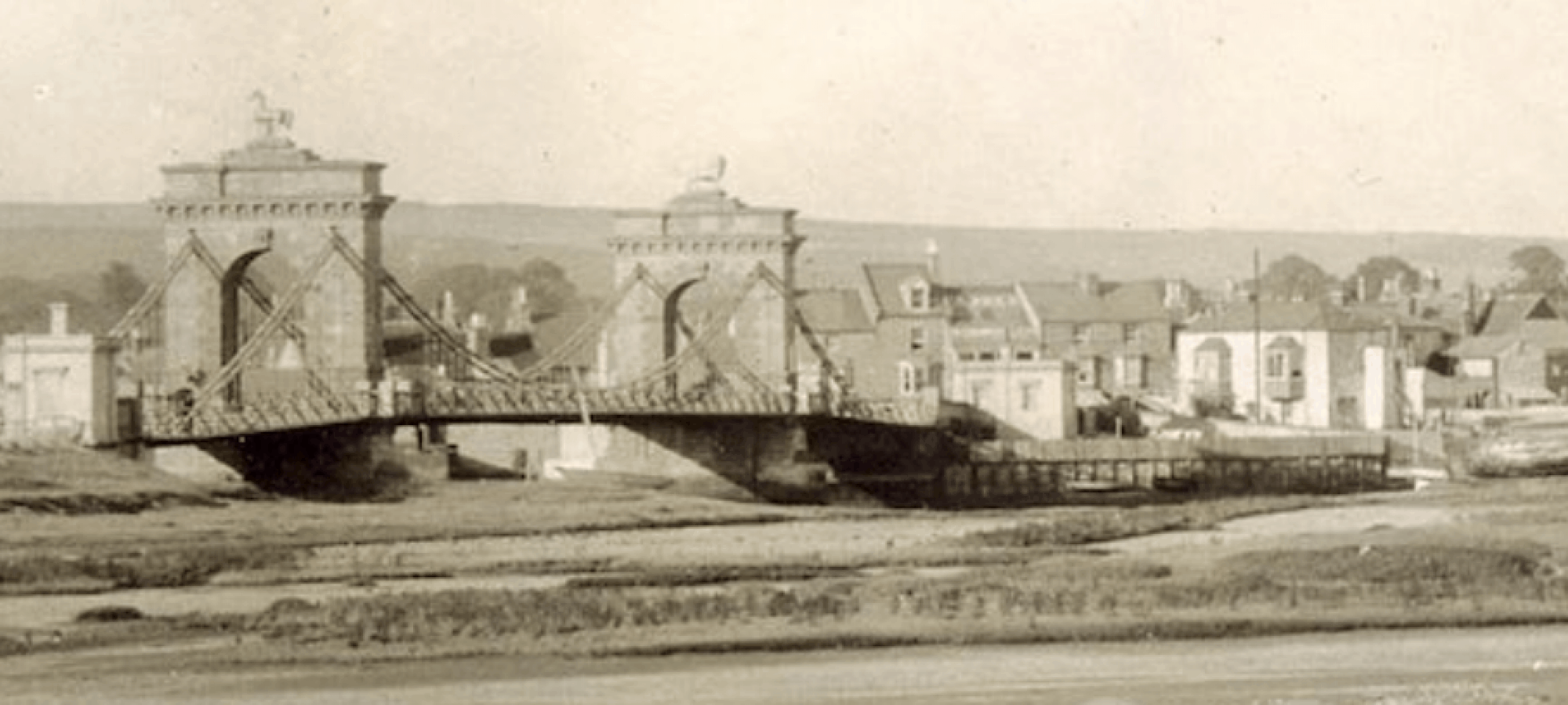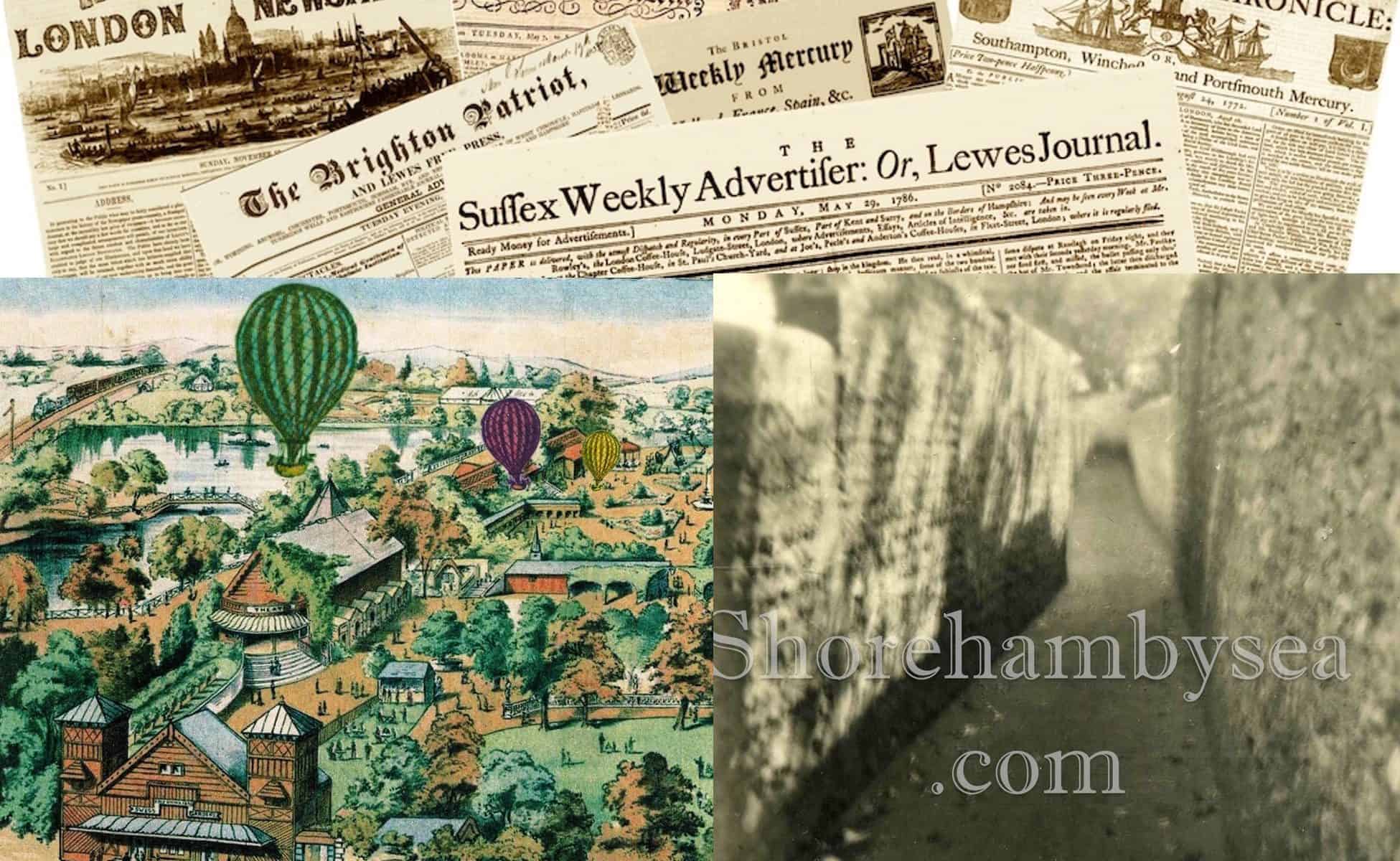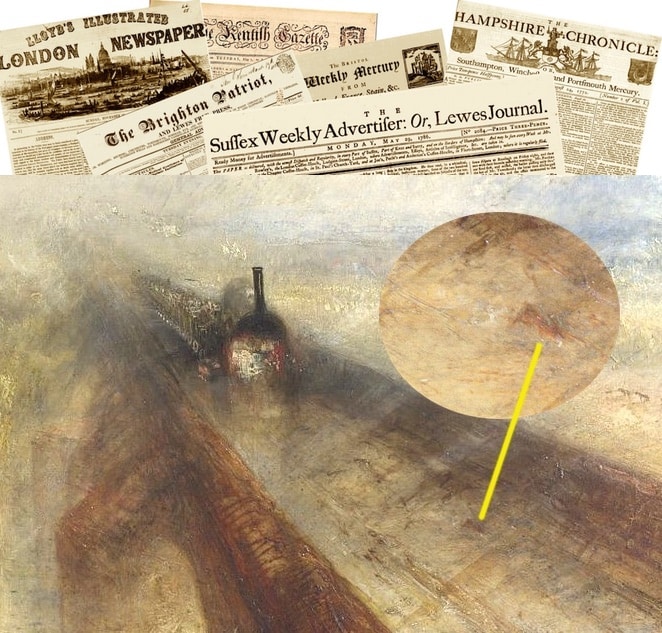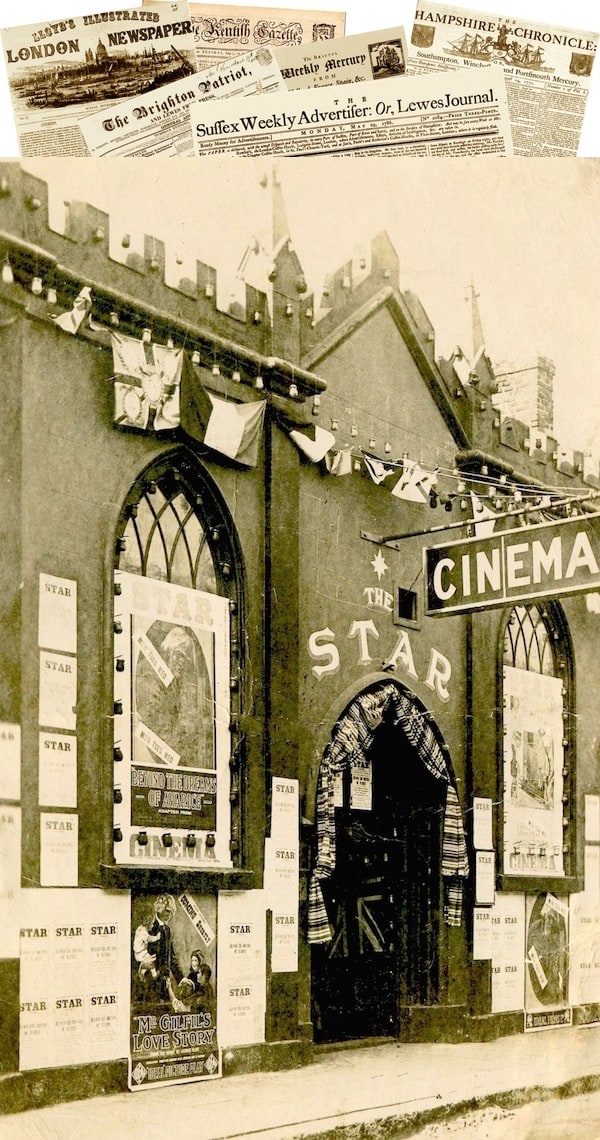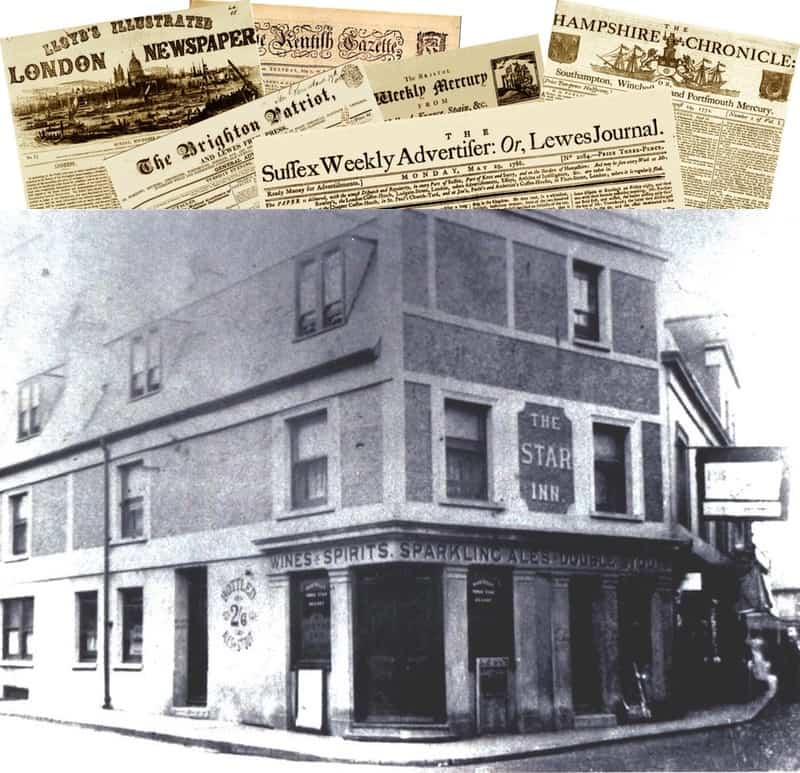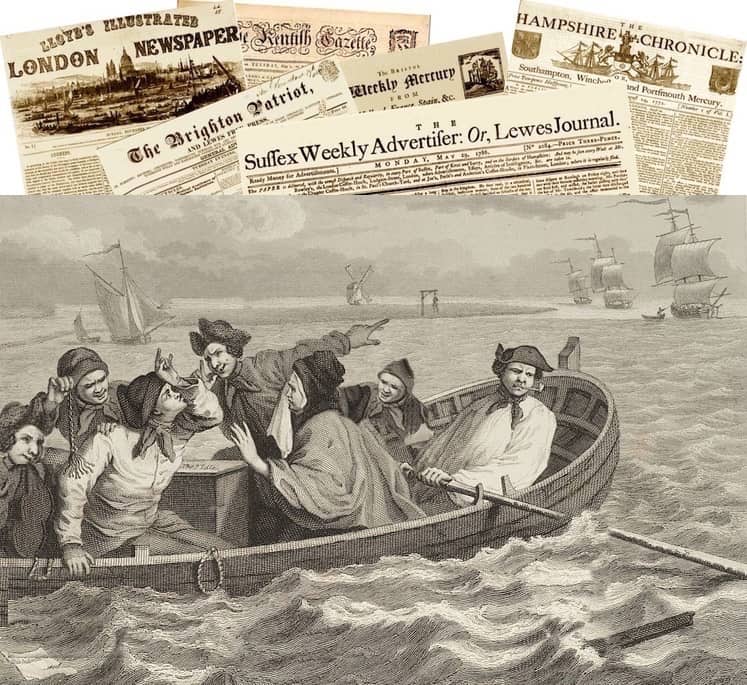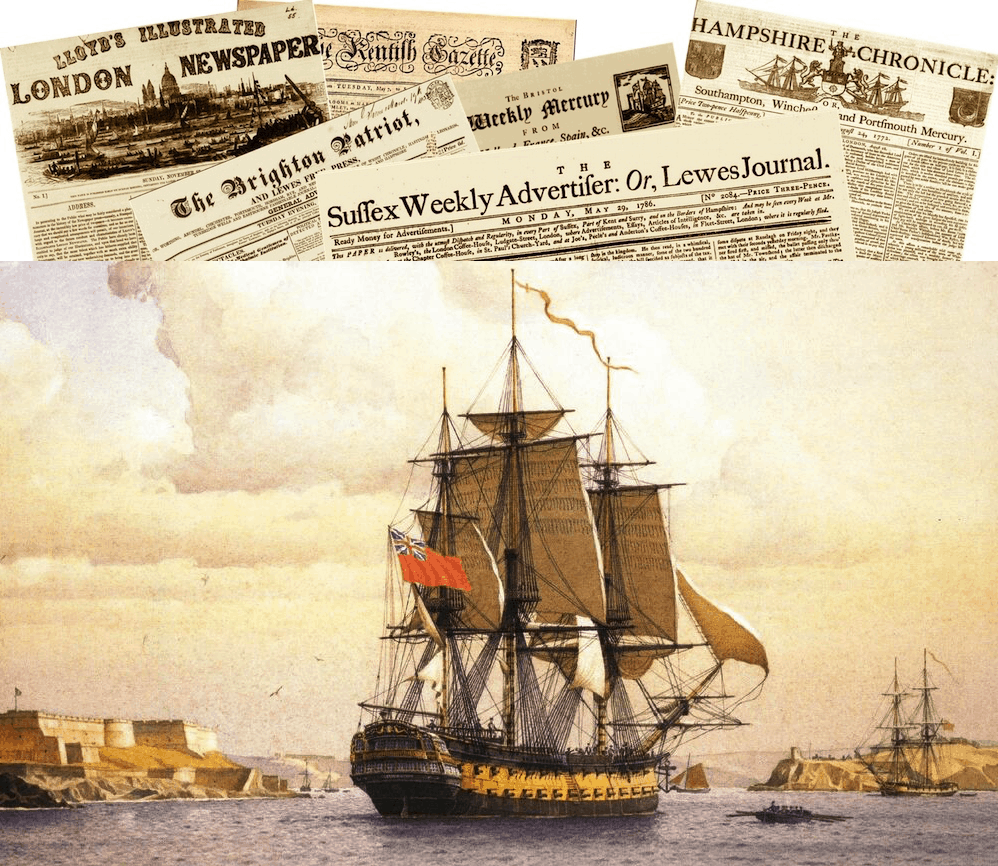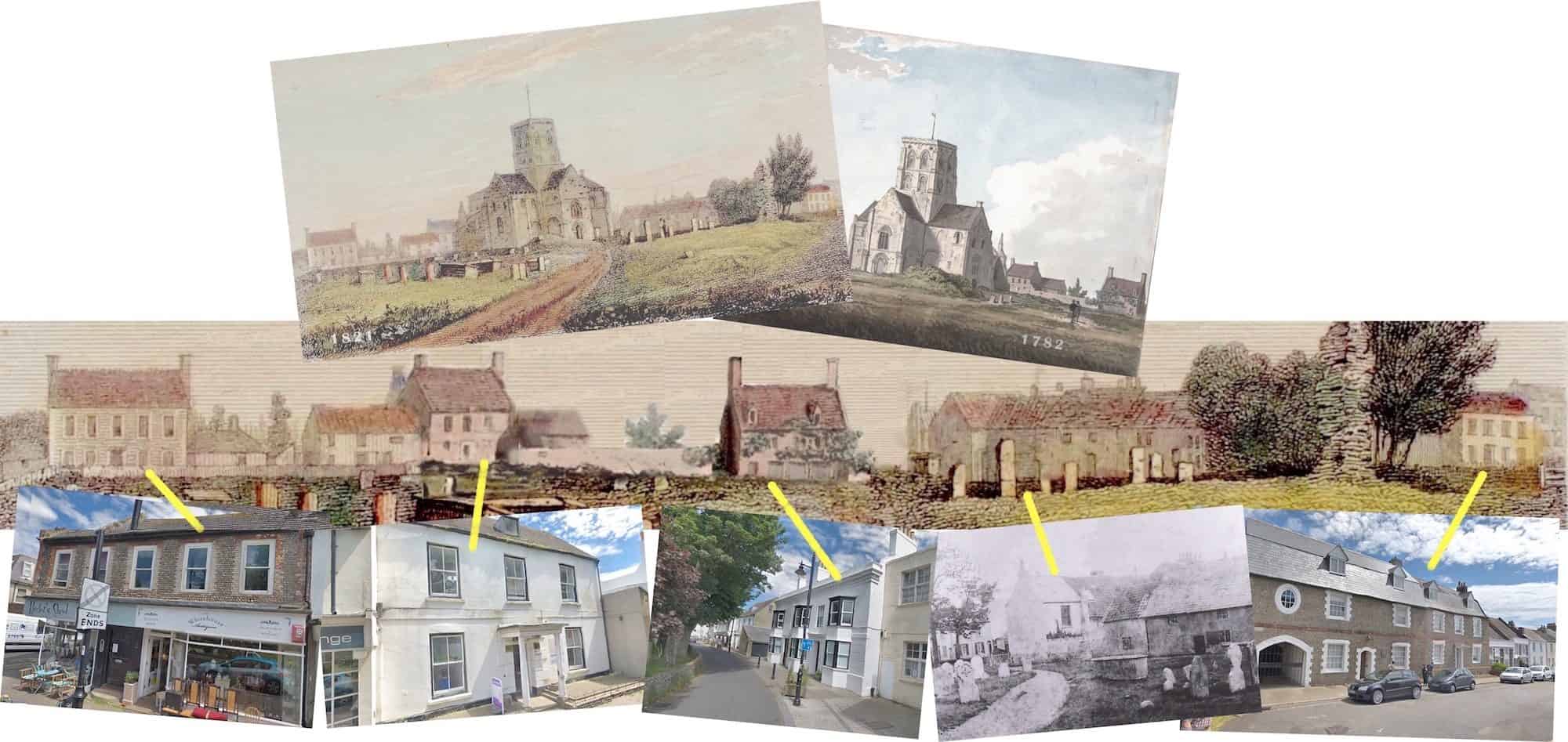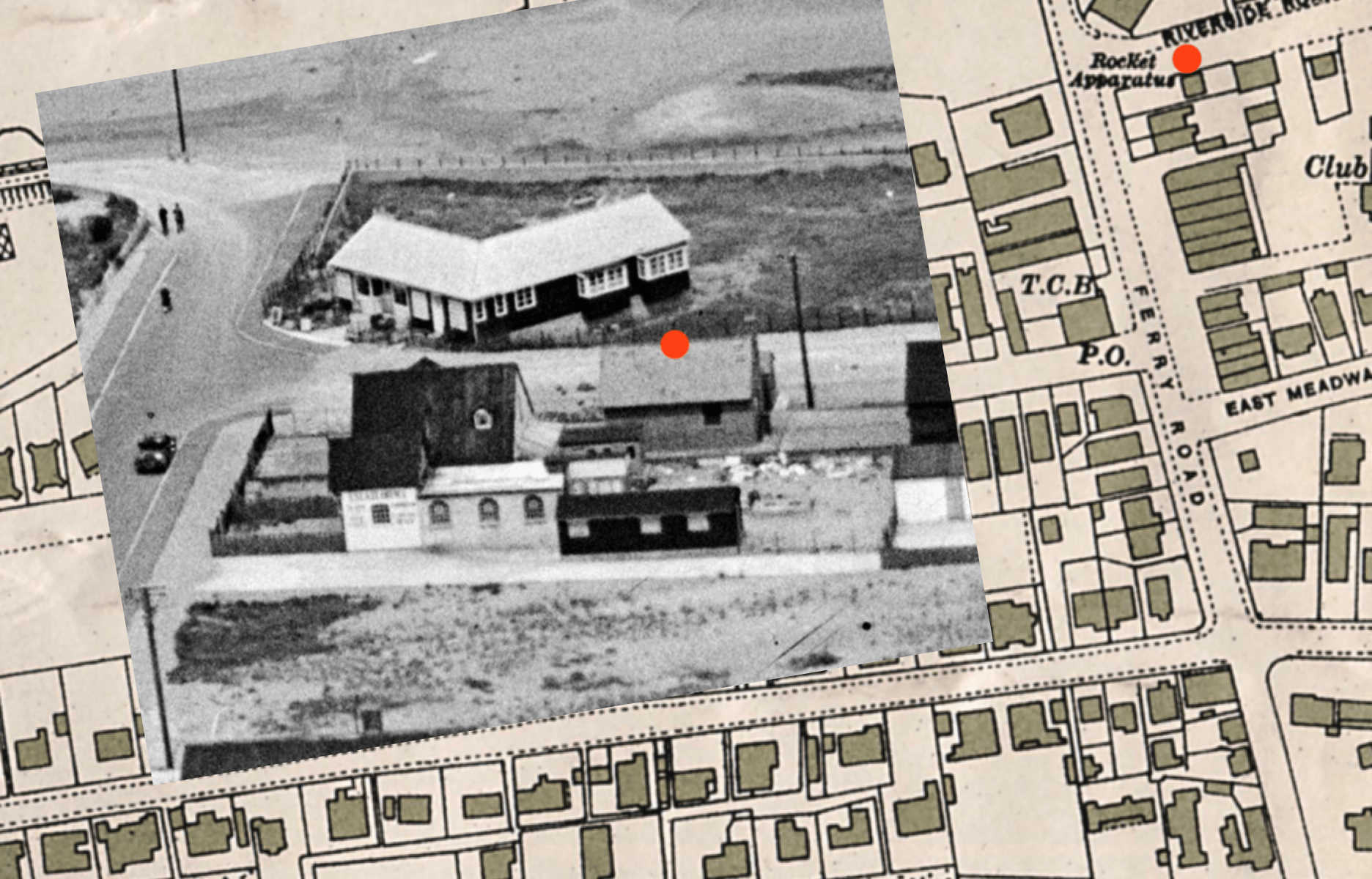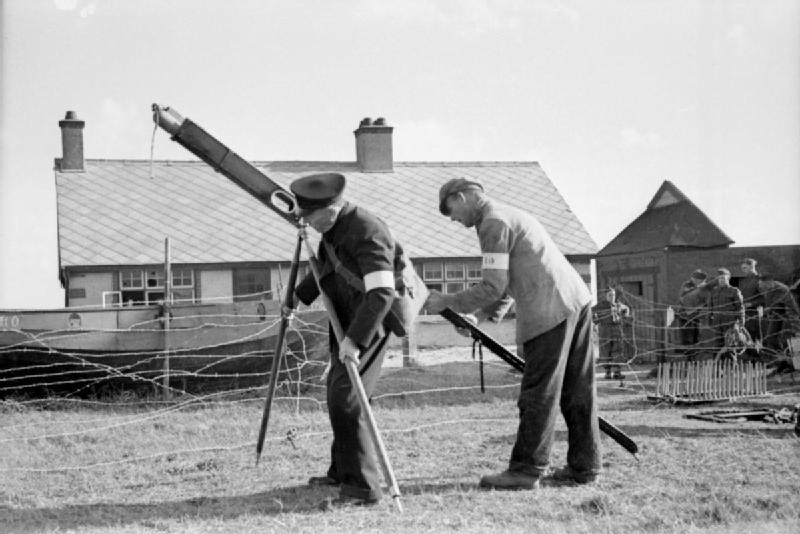Newspaper Reports continued 8:-
The opening of the Swiss Gardens (1838) is well reported and an 1850 article of a balloon flight describes one particularly adventurous event when 56 year old Lieut. George Burcher Gale RN arose from Swiss Gardens, was blown across to France where he landed, was thought by the French to have been a spy (it was at the time of the invasion scares, the building of Shoreham fort etc.,) and imprisoned for a while.
Another report (1857) also concerning Swiss Gardens revealed the existence of a passage way through it. This was a right of way that ran from alongside the Victoria Road entrance through to the path that later became Connaught Avenue and actually went under some of the Garden buildings. It must have been a somewhat claustrophobic experience to walk through as the parish surveyors had inspected the passage and called upon the owner to ‘increase the depth to 6 feet 6 inches, widen it under the cosmoramic views pavilion and prevent the water fountain from leaking into the passage.’
(Images show balloons at Swiss Gardens and a blurred but rare photo of the passage way there).
